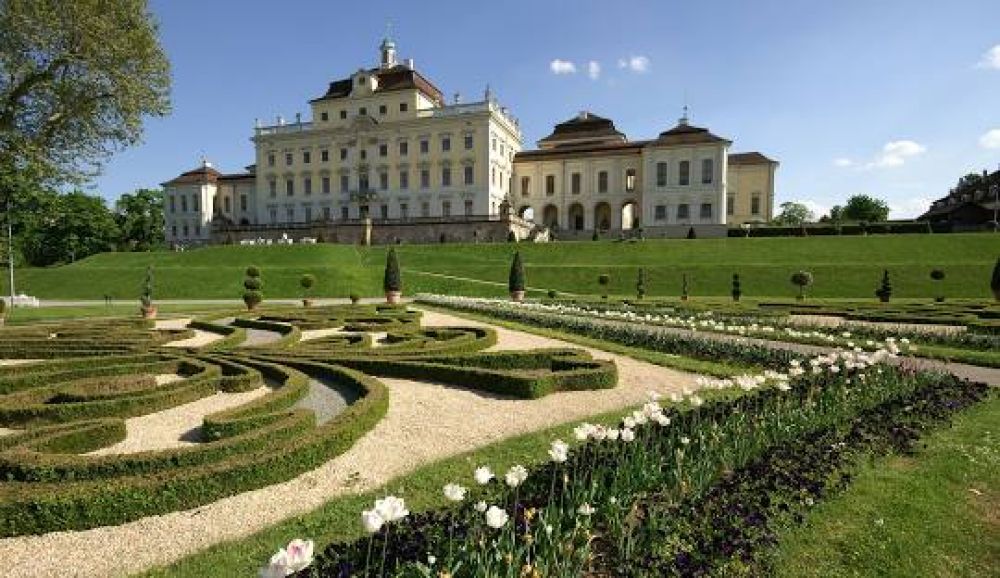

Ludwigsburg Palace, also known as the "Versailles of Swabia," dates back to the early 18th century. It was commissioned by Duke Eberhard Ludwig of Württemberg as a hunting lodge and country residence in 1704. Over the years, it grew into one of the largest Baroque palaces in Germany, with a sprawling complex of buildings and an exquisite garden. The construction of the palace marked the foundation of the town of Ludwigsburg, which subsequently became a hub of art, culture, and administrative power.
The palace's appeal as a tourist destination began in the 19th century when it opened its doors to the public. It quickly became famous for its opulent architecture, ornate interiors, and expansive gardens. In the 20th century, the establishment of museums within the palace complex, such as the Baroque Gallery and the Fashion Museum, added to its allure. The consistent restoration and conservation efforts have kept the palace in pristine condition, contributing to its ongoing popularity.
In recent years, Ludwigsburg Palace has adapted to modern tourism trends by incorporating a diverse array of cultural events and festivals. Among these, the Ludwigsburg Pumpkin Festival, known as the largest pumpkin festival in the world, has become particularly popular, combining the historical setting with contemporary festive attractions. Another trend is the increasing use of multimedia guides and augmented reality apps to enhance the visitor experience, providing interactive and informative tours of the palace and its grounds.
The palace's commitment to sustainability is also a significant aspect of its modern appeal. Efforts to preserve its historical integrity while minimizing environmental impact reflect the broader trend toward responsible tourism.
Ludwigsburg Palace attracts tourists year-round with its seasonal events, guided tours, and special exhibitions. The palace and its gardens are accessible to visitors of all ages, and it caters to international guests with multilingual tour options. Visitors can also enjoy a variety of dining experiences within the palace complex or participate in educational workshops and historical demonstrations.
To keep up with the latest events and visitor information, tourists are encouraged to visit the official website or contact the palace's visitor services directly.